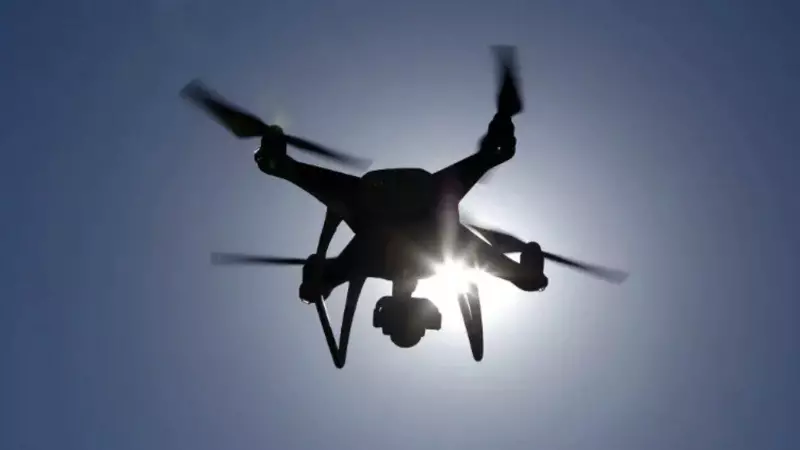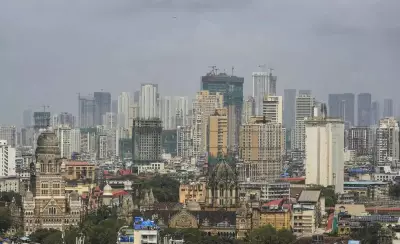
In a significant escalation of Britain's aerial defence capabilities, military personnel have been granted immediate authority to intercept and destroy drones identified as threats over sensitive locations across the United Kingdom.
The new emergency protocols, activated during specific threat levels, empower Royal Air Force and Royal Navy units to make split-second decisions against unmanned aerial vehicles violating protected airspace. This represents a fundamental shift from previous procedures that required climbing the chain of command.
Immediate Response to Growing Threats
Security officials confirmed that the revised rules of engagement were developed in response to the increasing sophistication and prevalence of drone technology. The measures are designed to prevent potential attacks on critical infrastructure, government buildings, and public gatherings.
"The threat landscape has evolved dramatically," a defence source revealed. "We're seeing drones capable of carrying payloads, conducting surveillance, and disrupting essential services. This protocol ensures we can respond with appropriate speed and force."
Protected Sites Under Enhanced Security
The authorization covers numerous high-security zones including:
- Nuclear facilities and power plants
- Military installations and barracks
- Government buildings in Whitehall
- Royal palaces and residences
- Major transportation hubs
- Large-scale public events
Multi-Layered Defence Strategy
British forces have deployed a comprehensive counter-drone system that includes:
- Advanced radar detection technology
- Radio frequency jamming equipment
- Net-capture systems for controlled takedowns
- Kinetic options for immediate neutralization
The rules of engagement emphasize proportional response, with destruction authorized only when a drone poses a clear threat and less destructive methods are impractical.
London's Airspace Gets Tighter Security
London airspace receives particular attention under the new protocol, with the RAF maintaining quick-reaction alert aircraft at readiness. The capital's iconic skyline, including the Houses of Parliament and financial district, now falls under enhanced aerial protection.
Civil aviation authorities have updated flight restrictions and notification procedures to accommodate the military's expanded role while maintaining commercial air safety.
The Ministry of Defence maintains that these measures, while robust, include stringent safeguards to prevent accidental engagements and protect civilian aircraft.





